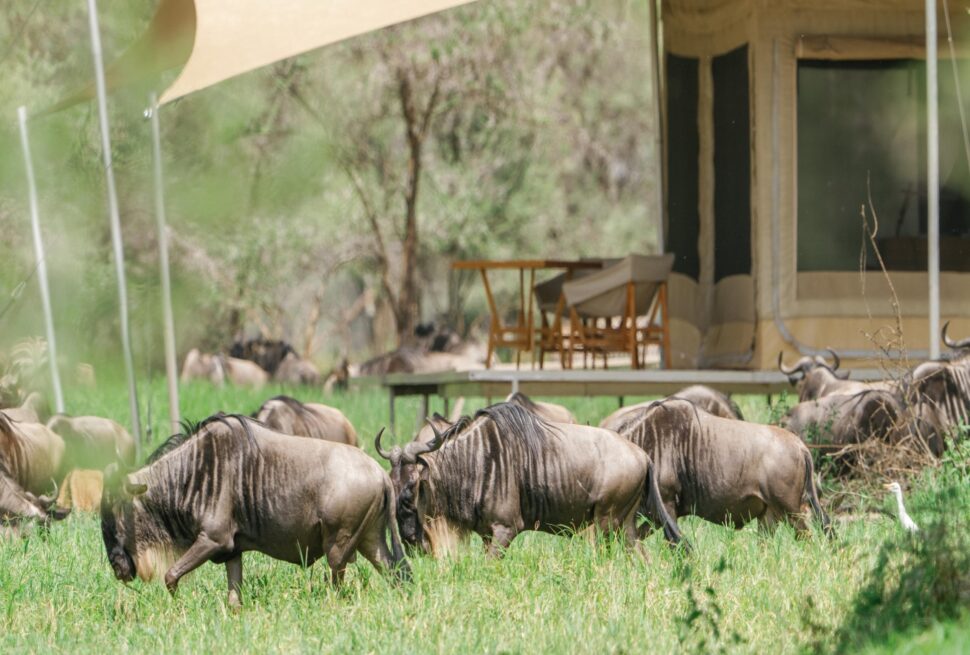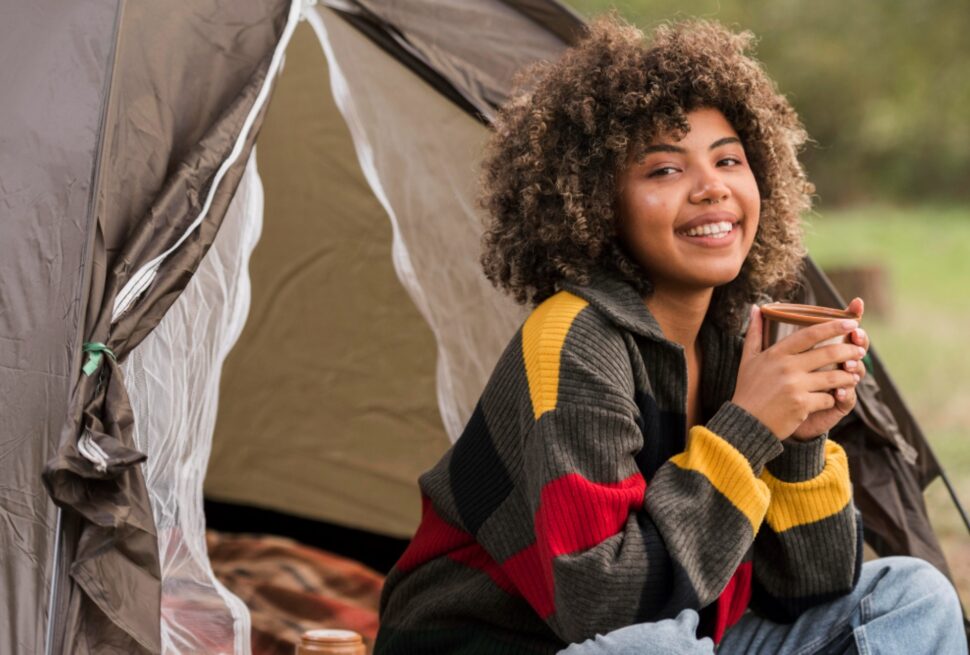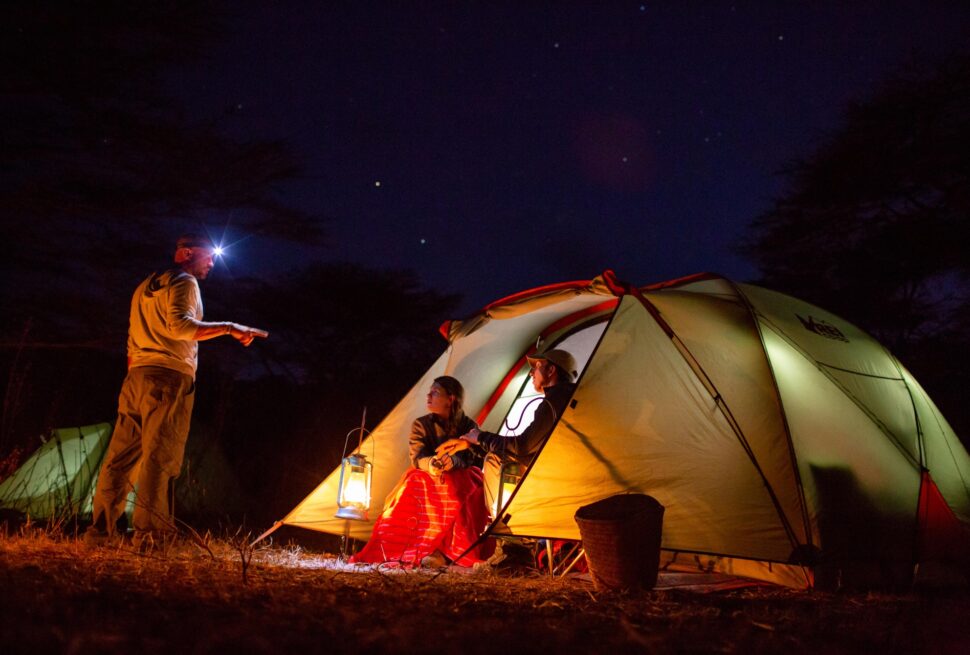Planning an African safari can be overwhelming, especially if it’s your first time. With so many destinations, accommodations, and travel logistics to consider, it’s easy to feel lost. However, with the right planning strategy, you can ensure a stress-free, exciting, and memorable safari experience.
This guide breaks down everything you need to know, from choosing the right destination to packing essentials and booking a reputable safari operator. Follow these steps, and you’ll be well on your way to an unforgettable African adventure.
Step 1: Choose the Right Safari Destination
Africa is home to some of the most incredible wildlife reserves, diverse ecosystems, and breathtaking landscapes. However, each country offers unique safari experiences. Your choice should depend on:
✅ The type of wildlife you want to see (Big Five, Great Migration, gorillas, etc.)
✅ Your budget (luxury lodges vs. budget safaris)
✅ How much time you have (short vs. long safaris)
✅ The type of activities you prefer (game drives, walking safaris, boat safaris, etc.)
Here are the top safari destinations in Africa:
Tanzania & Kenya – The Great Migration & Big Five
- Best for: Witnessing the Great Migration, spotting the Big Five, and experiencing classic safari landscapes.
- Where to go: Serengeti National Park (Tanzania) and Maasai Mara National Reserve (Kenya).
- Best time to visit: June – October for river crossings, January – March for calving season.
South Africa – Luxury & Self-Drive Safaris
- Best for: Luxury lodges, malaria-free safaris, and self-drive adventures.
- Where to go: Kruger National Park, Sabi Sands, Addo Elephant Park.
- Best time to visit: May – September (dry season for best wildlife viewing).
Botswana – Remote, Exclusive & Water-Based Safaris
- Best for: Exclusive, high-end safaris with fewer tourists.
- Where to go: Okavango Delta, Chobe National Park, Moremi Game Reserve.
- Best time to visit: May – October (dry season).
Uganda & Rwanda – Gorilla Trekking & Primates
- Best for: Mountain gorilla trekking and chimpanzee tracking.
- Where to go: Bwindi Impenetrable Forest, Volcanoes National Park, Kibale Forest.
- Best time to visit: June – September, December – February (dry season).
Namibia – Desert Landscapes & Unique Wildlife
- Best for: Stunning desert scenery and off-the-beaten-path safaris.
- Where to go: Etosha National Park, Namib Desert, Sossusvlei.
- Best time to visit: May – October.
Need help picking a destination? Explore our curated safari packages at safaris.quest/african-trips.
Step 2: Choose the Right Time to Visit
The timing of your safari can make or break your experience. Here’s what you need to know:
Dry Season (Best for Wildlife Viewing) – June to October
✅ Easier to spot animals as they gather around waterholes.
✅ Less vegetation, making wildlife more visible.
✅ Fewer mosquitoes and less risk of malaria.
❌ Higher prices and more crowded parks.
Wet Season (Best for Birdwatching & Green Landscapes) – November to May
✅ Lush, beautiful scenery and fewer tourists.
✅ Best time for birdwatching, as migratory birds arrive.
✅ Calving season (Jan – March) in the Serengeti – great for predator sightings.
❌ Some areas become inaccessible due to heavy rains.
For specific best times per country, visit safaris.quest/african-trips.
Step 3: Decide on the Type of Safari Experience
There are many ways to experience Africa’s wildlife. Choose one that fits your budget and travel style:
1. Luxury Safari (High-End Comfort & Private Game Drives)
If you want top-tier lodges, gourmet dining, and exclusive game drives, luxury safaris are perfect. Some top lodges include:
- Four Seasons Safari Lodge (Tanzania)
- Singita Sasakwa Lodge (Serengeti, Tanzania)
- Angama Mara (Kenya)
2. Mid-Range Safari (Comfortable Yet Affordable Lodges & Camps)
These safaris offer good accommodations, guided tours, and full-board meals but at a more reasonable price. Great for families and couples.
3. Budget Safari (Overland & Camping Safaris for Adventure Travelers)
If you’re looking for a raw, immersive experience, camping safaris are the way to go. These tours often use public campsites and include group game drives.
4. Self-Drive Safari (Drive Your Own 4×4 in National Parks)
Great for experienced travelers, especially in South Africa, Namibia, and Botswana.
Explore our full safari options here: safaris.quest/african-trips
Step 4: Book a Reputable Safari Operator
Booking with a trusted safari company ensures a smooth trip. Look for:
✅ A company with excellent reviews
✅ Local guides with in-depth wildlife knowledge
✅ Clear pricing with no hidden fees
At African Trips | DMC, we provide fully customized safaris so you can enjoy a hassle-free adventure. Check out our packages at safaris.quest/african-trips.
Step 5: Essential Packing List for an African Safari
Packing correctly makes all the difference. Here’s what you need:
Clothing
✔ Neutral-colored clothing (beige, brown, green).
✔ Lightweight, long-sleeve shirts and pants (for sun protection).
✔ A warm jacket for early morning game drives.
Gear & Essentials
✔ Binoculars (a must-have for spotting distant wildlife).
✔ Camera with a zoom lens for great wildlife photos.
✔ Power bank (lodges may have limited electricity).
Health & Safety
✔ Sunscreen, hat, and sunglasses.
✔ Insect repellent (to protect against mosquitoes).
✔ Malaria pills (consult your doctor before traveling).
Step 6: Get the Right Travel Documents
Before traveling, make sure you have:
📌 A valid passport (at least 6 months before expiry).
📌 Visa requirements (varies by country).
📌 Vaccinations (Yellow Fever is required for some countries).
Need help with travel documents? We provide assistance with visas & health requirements—contact us for more info!
Step 7: Relax & Enjoy the Adventure!
With everything planned, all that’s left is to enjoy Africa’s beauty. From the roaring lions of the Serengeti to the gentle gorillas of Rwanda, your safari will be an unforgettable journey into the wild.
📍 Ready to book your dream safari? Check out our carefully curated trips at safaris.quest/african-trips and let’s start planning your adventure today!





